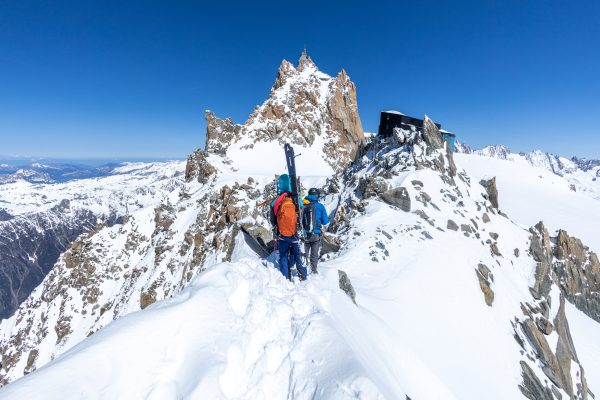Mount Marmolada, often referred to as the “Queen of the Dolomites,” stands majestically in northern Italy, captivating visitors with its stunning beauty and rich natural heritage. As the highest peak in the Dolomite mountain range, it reaches an impressive elevation of 3,343 meters (10,982 feet). This iconic mountain is not only a haven for outdoor enthusiasts but also a site steeped in history and cultural significance.
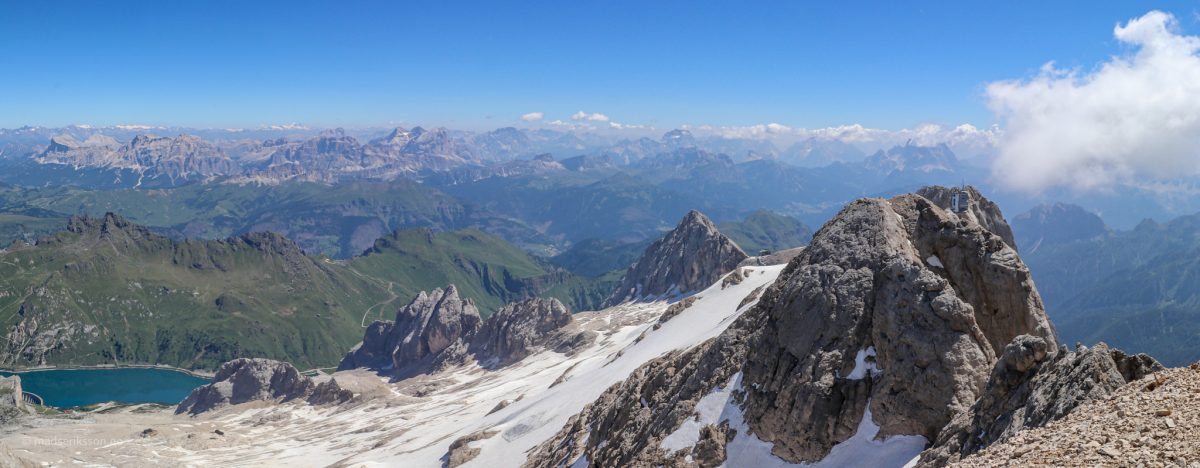
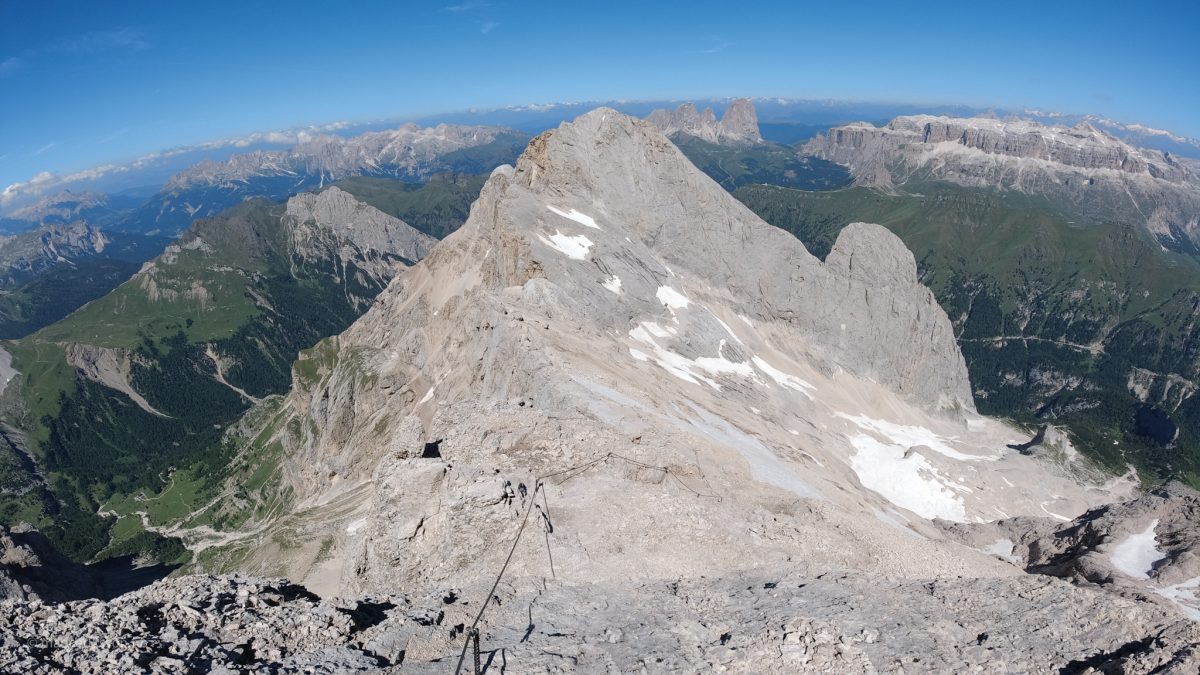
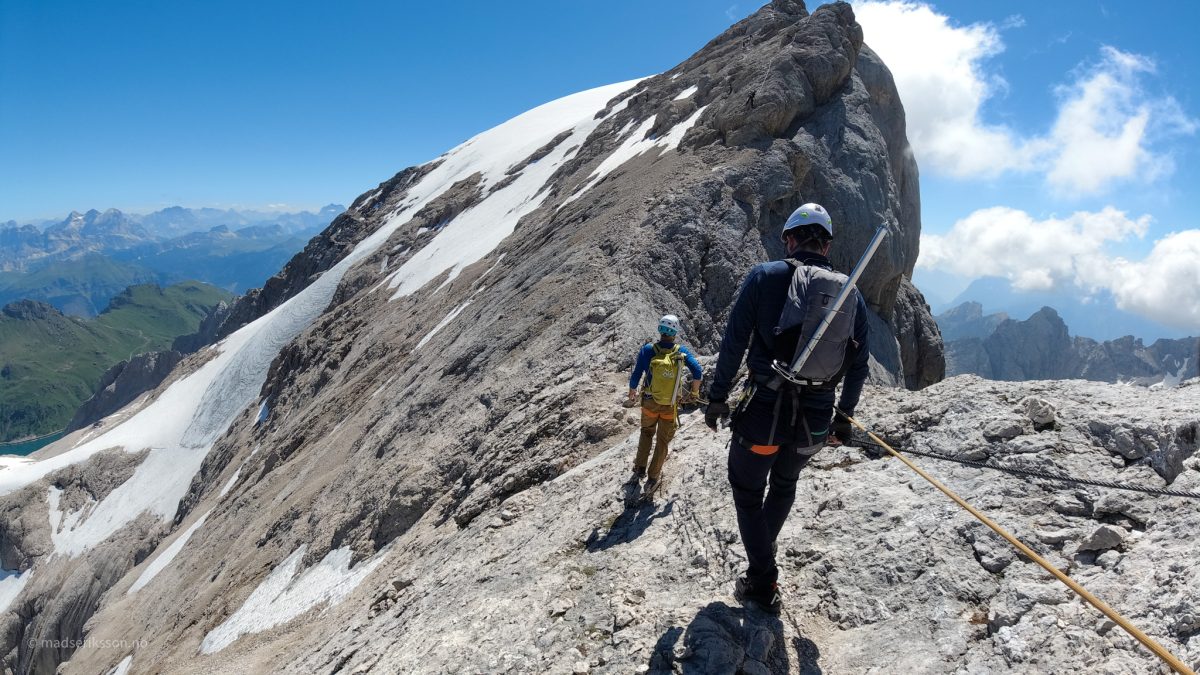

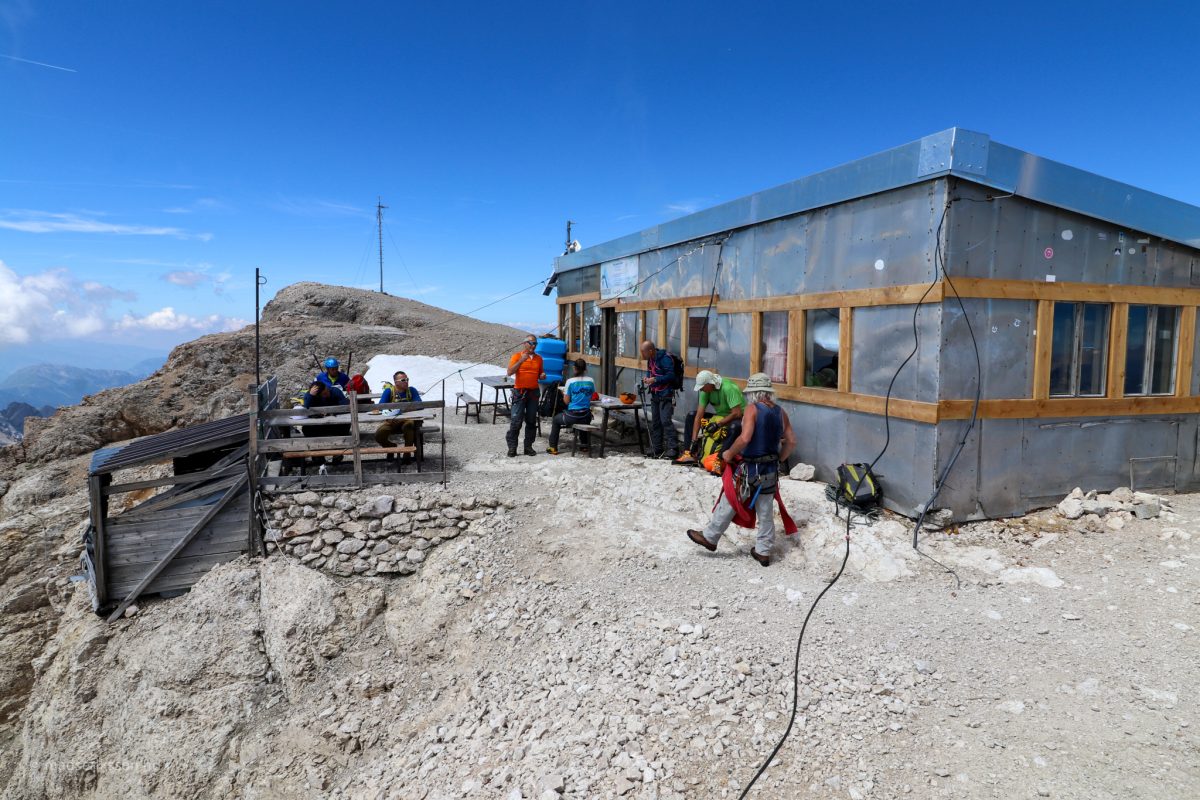
A Geological Marvel
The Marmolada massif is primarily composed of limestone and dolostone, formed during the Late Triassic period. Its unique geological features include sheer cliffs, deep valleys, and striking rock formations that have been shaped by millions of years of erosion. The mountain’s glacier—the largest in the Dolomites—adds to its allure while providing vital water resources to surrounding areas.
Outdoor Activities
Mount Marmolada offers a plethora of activities year-round:
- Hiking: Numerous trails lead adventurers through breathtaking landscapes adorned with wildflowers and alpine meadows during summer months. Popular routes include those leading to Punta Rocca or along historical paths from World War I.
- Skiing: In winter, Mount Marmolada becomes a ski paradise with slopes catering to all levels. The area is part of the larger Dolomiti Superski region, offering over 1,200 kilometers (745 miles) of interconnected runs.
- Climbing: For experienced climbers seeking challenges beyond hiking trails, various climbing routes are available on its rugged faces. Guided climbs can provide both safety and expert insight into this majestic environment.
Historical Significance
Beyond its natural wonders, Mount Marmolada has played an important role in history. During World War I, it was a strategic location for Italian and Austro-Hungarian forces due to its vantage point over surrounding territories. Remnants from this tumultuous period can still be found today—including tunnels dug into the mountainside—serving as poignant reminders of past struggles.
Additionally, local folklore tells tales that add character to this already enchanting locale; stories about spirits guarding treasures hidden within its vastness contribute to its mystical reputation among locals.


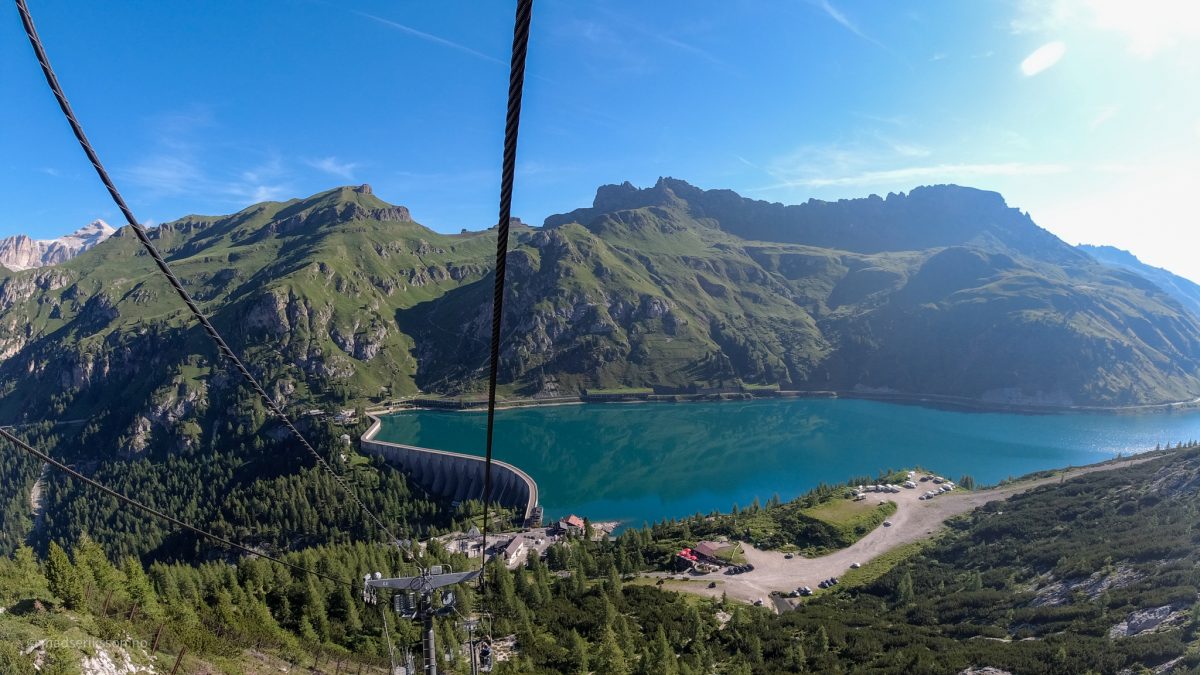
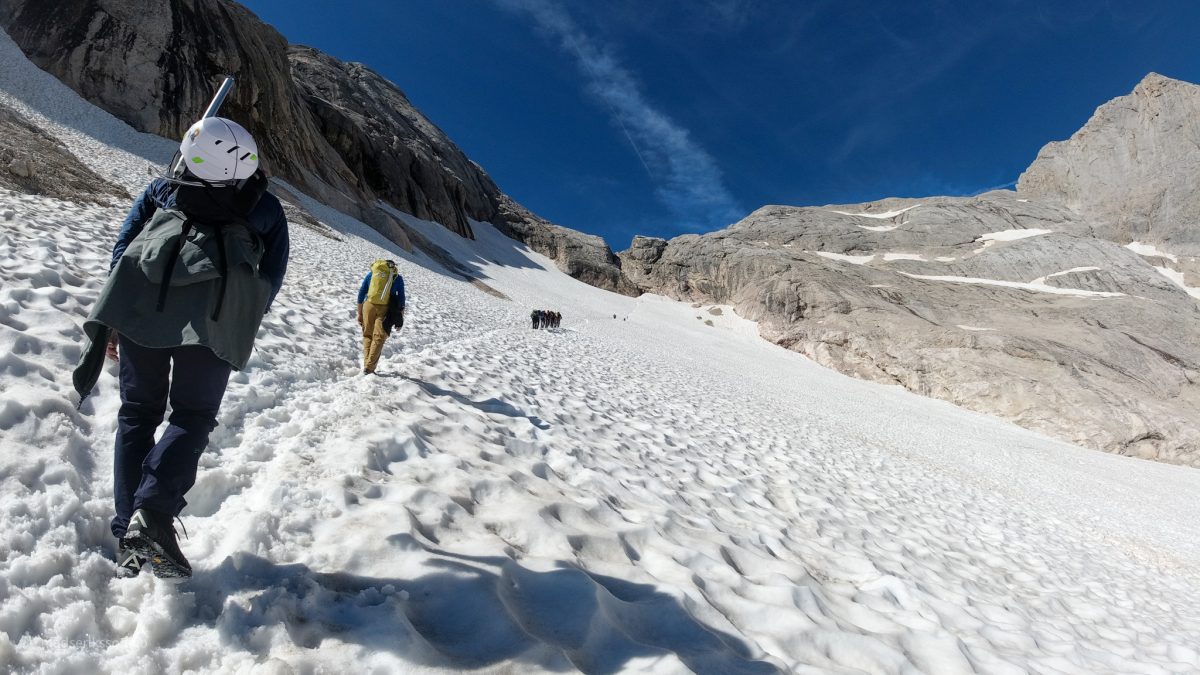
Visiting Mount Marmolada
For those planning a visit to Mount Marmolada:
- Access: The mountain can be easily reached via cable cars from nearby towns such as Malga Ciapela or Canazei.
- Best Time To Visit: While each season offers distinct experiences—from skiing opportunities in winter months to blooming flora during summer—late spring through early autumn generally provides ideal conditions for hiking.
- Accommodations: Various lodging options exist nearby ranging from rustic chalets providing cozy retreats after long days outdoors—to luxury hotels featuring spa amenities for relaxation amidst nature’s splendor.
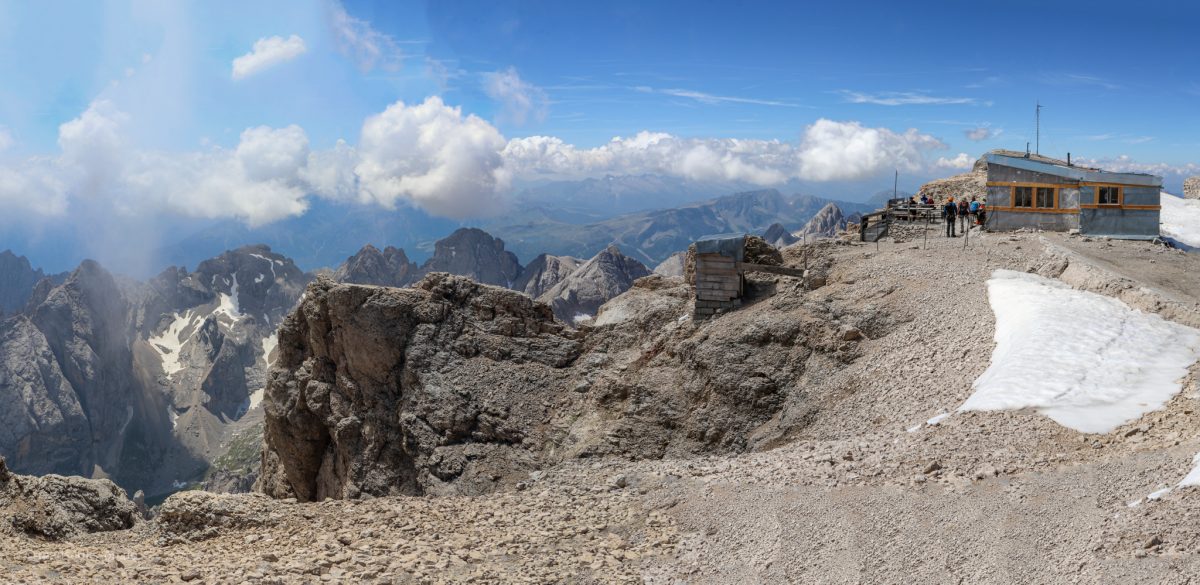
Conclusion
Mount Marmolada stands not just as a physical landmark but also embodies centuries’ worth traditions blending adventure with serene beauty—all framed against dramatic backdrops that change throughout seasons. Whether you’re drawn by adrenaline-infused pursuits like skiing or climbing—or simply wish to bask quietly amid towering peaks—Marmolada promises unforgettable memories waiting around every bend!
As you explore this incredible destination nestled within UNESCO World Heritage-listed Dolomites National Park remember it holds more than just scenic views; it cradles stories woven together across time—a true treasure awaiting discovery by generations yet come!


